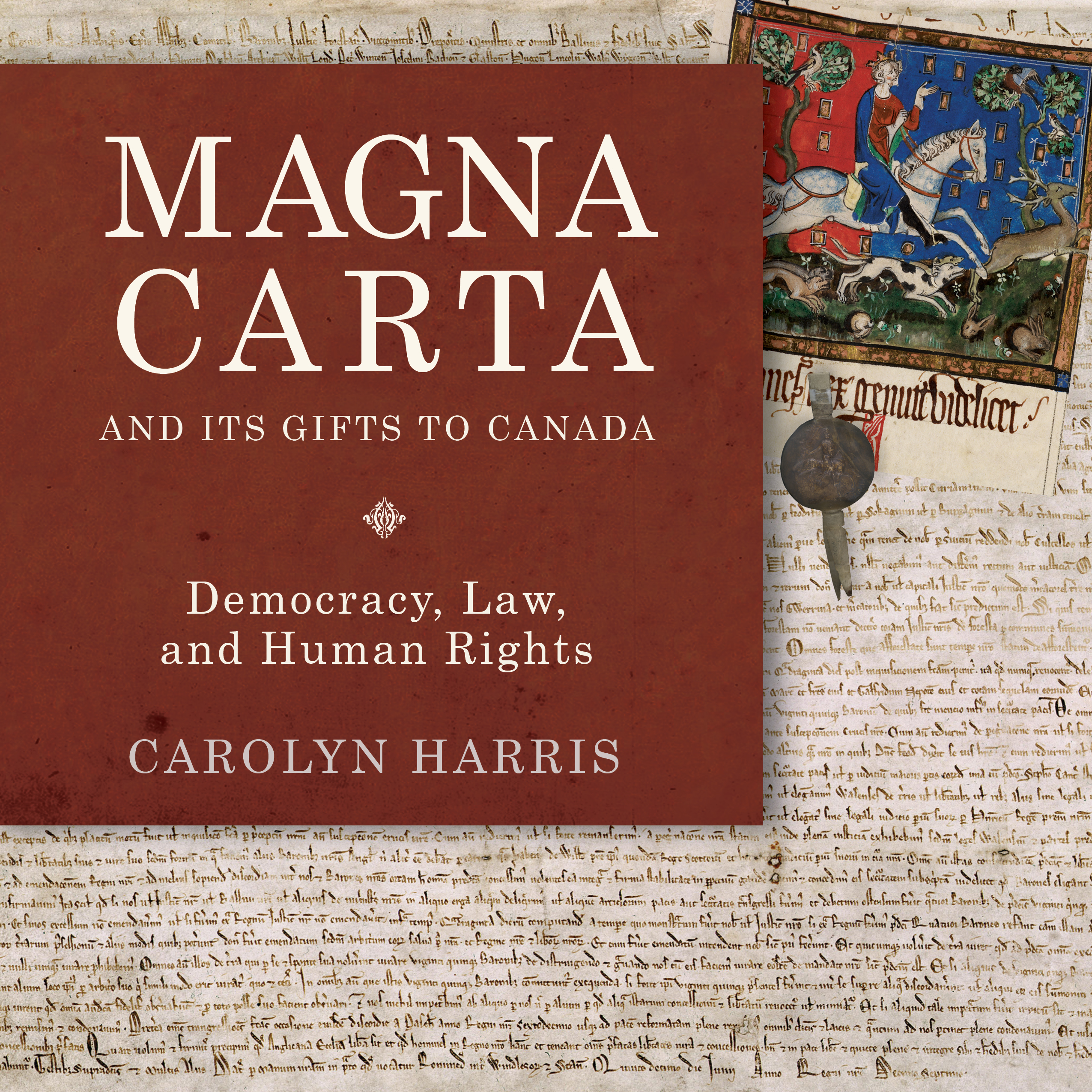| ________________
CM . . .
. Volume XXII Number 2. . . .September 11, 2015
excerpt:
When King John affixed his royal seal to the first Magna Carta eight hundred years ago, he reluctantly agreed to limit his own powers in accordance with the document presented to him by rebellious barons and leading figures of the church. Historian Carolyn Harris reveals that Magna Carta had precedents in the form of coronation charters of previous monarchs. Johnís many personal failings, together with military and economic disasters, convinced the rebel aristocrats that their king had to recognize that even the monarch is not above the law of the land. Other key principles are the right to due process or fair treatment from the judicial system, the right to judgment by oneís peers, and freedom from forced marriage. While John quickly repudiated the charter, he died the following year and several subsequent heirs reissued Magna Carta. Magna Carta and Its Gifts to Canada was commissioned as a companion to the touring Magna Carta 2015 Exhibition that brought to Canada an authorized version of the charter from 1300 voluntarily reissued by King Edward I, a grandson of King John. A companion version of the Charter of the Forest, also from 1300 and also on loan from Durham Cathredal, will be displayed in four sites: Canadian Museum of History (Gatineau, QC), Fort York National Historic Site (Toronto, ON), Canadian Museum for Human Rights (Winnipeg, MB) and the Legislative Assembly of Alberta Visitor Centre (Edmonton, AB). Educators will appreciate the companion website (http://www.magnacartacanada.ca/) that includes an education guide and a valuable timeline that reinforces the history and significance of the Magna Carta to the western world. Harris has largely succeeded in writing an accessible account of the long histories of Magna Carta and the Charter of the Forest and their place in the evolving understanding of democracy and rule of law in western Europe and North America. In the crowded high school curricula of Canadaís provinces, todayís students will likely receive no more than passing mention of Magna Carta in civics classes. There may be opportunities in courses exploring the histories of Britain, the United States and its revolt against British rule, France and the French Revolution and Canadian constitutional history to make use of the contents of this work. Keen students and general adult readers interested in history, politics, law, and the evolution of human rights will appreciate Harrisís inclusion of complex details, explanation of contextual historical periods, and the influence of the Magna Carta beyond the borders of the UK. For this reader, the embedding of the charterís principles in the Universal Declaration of Human Rights adopted by the General Assembly of the United Nations in 1948 is particularly revealing. The volume is handsomely illustrated with colour and some black and white illustrations that supplement the text nicely. Endnotes that include web addresses and a bibliography provide guidance for additional reading and research. There is no index, but the detailed table of contents may actually be more useful than an index proper. Secondary school and public libraries across Canada should add Magna Carta and Its Gifts to Canada to their collections. Librarians and booksellers will want to recommend this volume to history buffs and civics teachers alike. Highly Recommended. Val Ken Lem is a collections librarian at Ryerson University in Toronto, ON. He plans to see the copy of Magna Carta when it is on display in Toronto from 4 October to 7 November, 2015.
To comment
on this title or this review, send mail to cm@umanitoba.ca.
Copyright © the Manitoba Library Association. Reproduction for personal
use is permitted only if this copyright notice is maintained. Any
other reproduction is prohibited without permission.
Next Review |
Table of Contents for This Issue
- September 11, 2015. |
